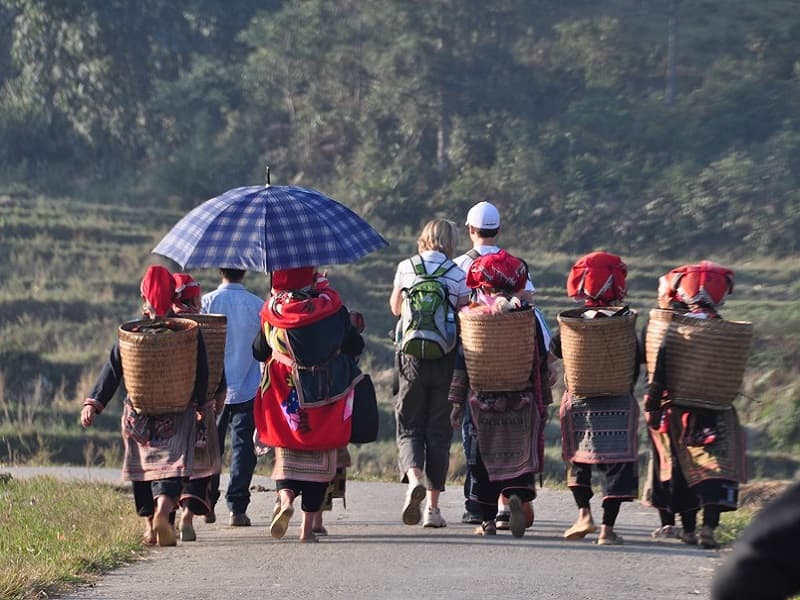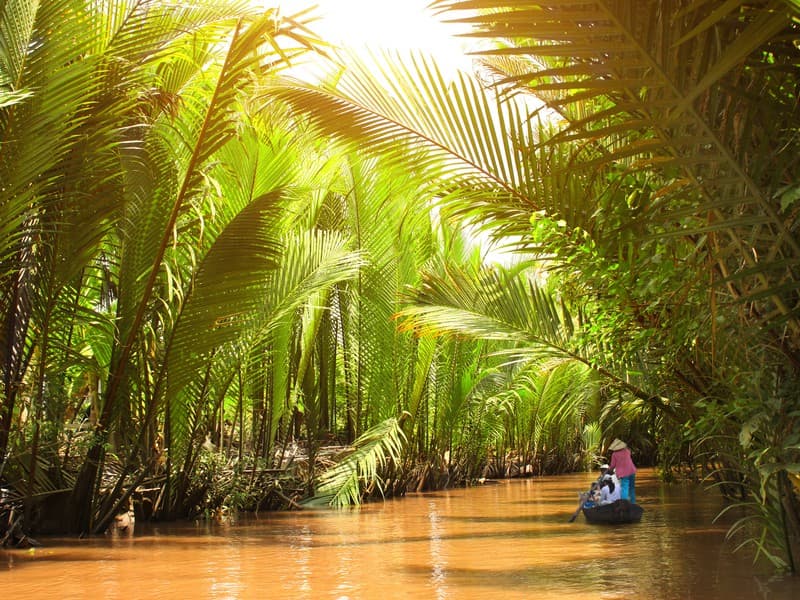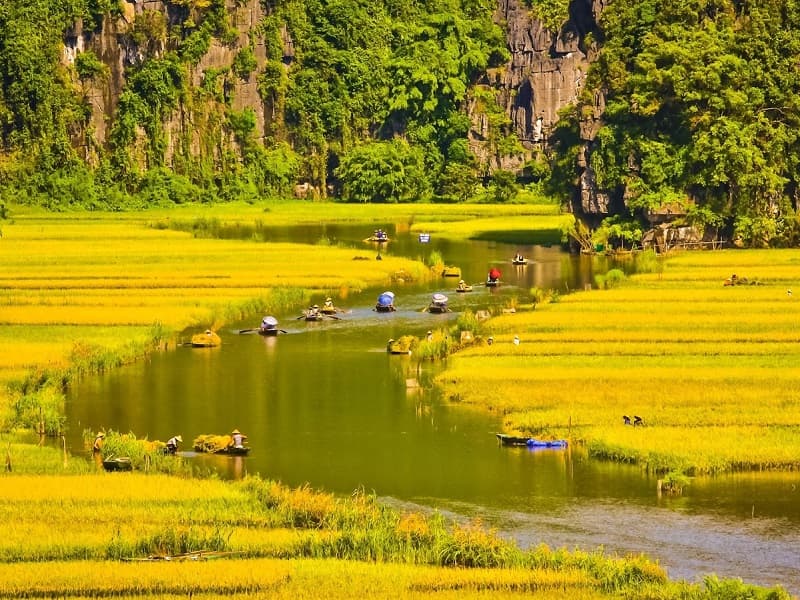Considering as “the Pearl of the Far East”, Ho Chi Minh City (HCMC) with more than 300 years of development has presented many ancient architectural constructions, famous vestiges and renowned sights. Its specific culture is the harmonious blending of traditional values with northern and western cultural features. HCMC is a trade, industrial, scientific, technical, cultural centre and especially as one of the largest tourist centers in Viet Nam.
Hundreds of rivers and canals cross Ho Chi Minh City. The Sai Gon River, crossing 106km of the city, is the biggest. The river network from Ho Chi Minh City to the surrounding provinces and Cambodia is much developed
Ho Chi Minh City also constitutes the cultural centre of the South and the Mekong River Delta. It is the city where quoc ngu (national writing) was first generalized, and where the first books written in quoc ngu were published.
With the appearance and development of books, essays, schools, artistic and intellectual circles, Sai Gon has had a long history of cultural influence.
Climate: There are two distinct seasons. The rainy season lasts from May to November and brings an average rainfall of 1,979mm (77.9 inches). The dry season lasts from December to April the next year. The average annual temperature is 27.5ºC (81.59ºF) and there is almost no winter. So, the climate is particularly favourable for tourism all year round.
While Ha Noi has over 1,000 years of history, Ho Chi Minh City is a relatively new settlement. The name of Sai Gon was registered for the first time in documents dating back to 1698. Due to its favourable geographical location, topography, and climate, this area rapidly became a converging point for traders from all over the world.
Sai Gon Port was built in 1862 and foreign traders quickly became familiar with Ong Lanh Market, Ray Market, Ben Thanh Market and Sai Gon Market. For many years, Sai Gon was praised as the “Pearl of the Far East”.
Ho Chi Minh City is where the heroic resistance against aggressors and the struggling process for independence of the Vietnamese Nation began. It was also where Ho Chi Minh Campaign triumphantly finished on 30 April 1975. At the first session of the 6th National Assembly of Socialist Republic of Viet Nam, in July 1976, the name of the city was officially changed to Ho Chi Minh City.
Being one of the biggest tourism centers of Viet Nam, Ho Chi Minh City attracts a large of visitors with various attractions, such as Ho Chi Minh Museum, formerly known as Dragon House Wharf, Cu Chi Tunnels, Nguyen Hue Walking Street – the most modern walking street in Viet Nam, system of museums, theatres, cultural houses, parks… The city also invested in many tourist areas such as Vam Sat – Can Gio, Thanh Da, Binh Quoi, A Glimpse of Viet Nam; many amusement parks such as Dam Sen, Ky Hoa, Suoi Tien, Thao Cam Vien… attracting numerous domestic and foreign tourists.
Despite its quite recent past, with more than 300 years history, Ho Chi Minh City nevertheless possesses numerous interesting buildings, displaying a characteristic combination of Vietnamese, Chinese and European cultures. These include Nha Rong (Dragon House Wharf), Quoc To Temple (National Ancestor’s Temple), Xa Tay (Municipal Office), Ho Chi Minh Municipal Theatre as well as many pagodas and churches (Vinh Nghiem, Giac Vien, Giac Lam, Phung Son pagodas…).
The city’s resources and accommodations are attractive to many travelers. Numerous steps have been and will be taken to stabilize the tourism potential of the city. For instance, historical relics and architectural works have been restored, traditional values have been recovered in festivals, and many museums are upgraded.





